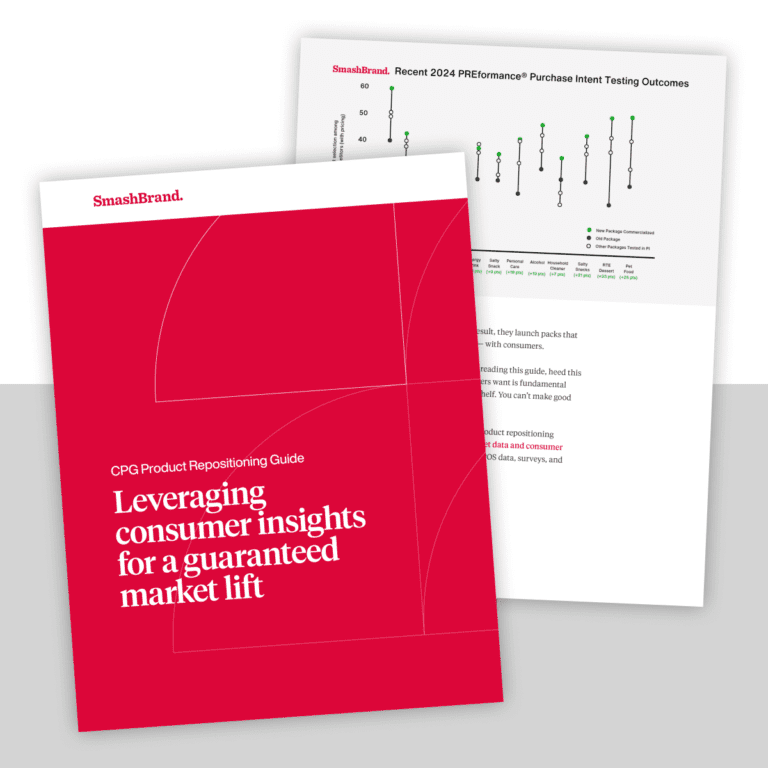The next time you pop in a DVD or Blue-ray, prepare yourself for the fact that you may, independently of your own free will, march over to Domino’s and demand an armload of pizzas, bread bites and Cinna Stix to enjoy during your movie before gently collapsing into a diabetic coma.
We’re kidding, obviously (you’ll surely get at least one order of wings). But Domino’s restaurants in Brazil have nonetheless developed an ingenious marketing tool wherein DVDs have been inked with a type of scented varnish that wafts the smell of pizza once the DVD has been played, heated up and ejected. “Wow, ‘Terminator 2’ was a searing indictment of the future of technology and its gross…hey, anyone for cheesy bread?”
This olfactory device is currently only being used in Brazil, and isn’t a part of the United States Domino’s headquarters’ strategy. However, seeing as there are more senses besides the sense of sight, this makes us wonder if there are any alternative sensory marketing targets that have been heretofore unexplored? Why stop at the five physical senses? Will companies discover how to harness telekinesis into their marketing solutions? Can they carry bags of Doritos from the shelves and into our unsuspecting purses?
The only problem with the use of alternate sensory devices is the possibility that the consumer could view it as an annoying sensory assault. We’ll discuss how engaging a customer’s sense of smell, hearing and/or touch could be an interesting and effective technique, and under what circumstances it could be a big, fat failure.
The Sense of Smell
The sense of smell is something that has been exploited by bakeries and restaurants for generations; diners will fry bacon and onions before opening their doors for no reason other than to create the appetite-stimulating and customer-attracting smell of frying bacon and onions. However, except for perfumes, smell isn’t something that is widely used for large-scale advertising purposes. And, to be perfectly honest, we could do without perfume samples in magazines, since multiple colognes and perfumes always cleave together to form a headache-inducing, noxious plume of industrial scent that causes us to wrap the offending mag in plastic and throw it away outside.
Pleasant smells, however, can influence behavior in a positive way. What if cosmetics or hair care product packages were to incorporate a subtle scent of whatever fruity ingredient contained in the formula onto the label? Certainly the scent of orange, lemon, cinnamon or vanilla would be enticing, provided the smell is very subtle (almost subliminal and only detectible if the product is handled) and was derived from natural oils and not synthetic fragrances, which many customers find irritating.
The Sense of Hearing
This is a tricky one. We’re going to go ahead and discourage the use of music and sound effects on websites, since they’re intensely annoying and only cause the customer you’re trying to impress to mute your marketing solution immediately. However, there is a new technology that takes the bar/QR code and embeds sound, so that once the customer scans the bar on the label with the appropriate device, the customer can then use that device to listen to product details being read.
This might be something useful to a company whose customer base almost exclusively consists of the sort of people inclined to use apps that scan codes.
The Sense of Touch
The sense of touch isn’t something most marketing executives consider a huge draw; customers don’t go around feeling labels and packages to find the most luxuriously textured exterior. However, companies that sell luxury items might explore the possibility of an enticingly textured label. “Lenny” from “Of Mice and Men” would certainly approve. And then there’s Braille, which could introduce your product to an entirely new market.
So, what have we learned today? We learned that Domino’s pizza wants to render your Glade Plug-In completely useless. We learned that using alternative sensory marketing is extremely difficult, which is why almost no one bothers to do it. We learned that the only tactile label marketing strategy that made you pause and think, “hmmm, that’s not a bad idea,” was the one that uses Braille. Finally, we learned that we are nearing an age when we will no longer be able to recognize a product with just our eyes, and will be forced to use an app to tell us if we’re buying a bottle of water or industrial bathroom cleaner.
Data-Driven Brand Development
Want a best-selling brand? SmashBrand is a brand development agency for FMCG and CPG companies. From brand strategy to packaging design testing, our Path To Performance™ process guarantees a retail performance lift. Book a time to discuss your project with our team.
Subscribe to
Nice Package.
SmashBrand’s Nice Package: Stay current with our latest insights
Free Resource.

CPG product repositioning guide.
Explore the five undeniable signs your CPG product needs repositioning along with strategies for leveraging consumer insights for a guaranteed market lift.
Download Whitepaper About CPG product repositioning guide.